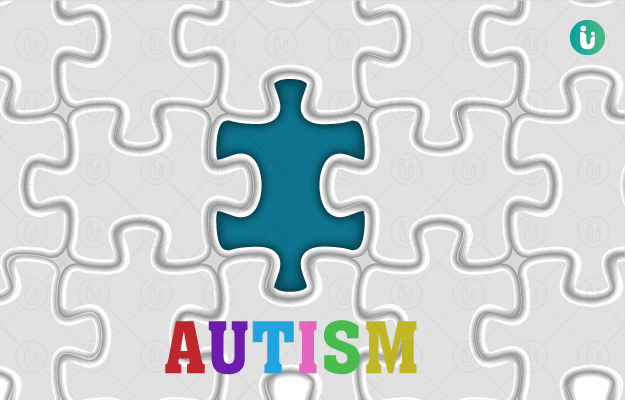Summary
Autism is associated with concerns during the early development of the brain. The condition usually causes behavioral changes including difficulty in social interactions. Symptoms include poor social skills, repetitive behavior, inability to understand and express emotions and poor communication skills. Owing to varied levels and differing signs, the term autism spectrum is now used to define the conditions it covers. Beginning in the early stages of childhood, autism affects the child’s ability to interact and engage with the society. In the absence of a cure for autism, early diagnosis and screening can help detect and decrease severity, allowing for better coping mechanisms to equip children to care for themselves better.

 Doctors for Autism
Doctors for Autism  OTC Medicines for Autism
OTC Medicines for Autism
 Autism articles
Autism articles

 Diet for Autism
Diet for Autism
 Homeopathic Treatment of Autism
Homeopathic Treatment of Autism




































 Dt. Akanksha Mishra
Dt. Akanksha Mishra

 Dr. Rachita Narsaria
Dr. Rachita Narsaria











